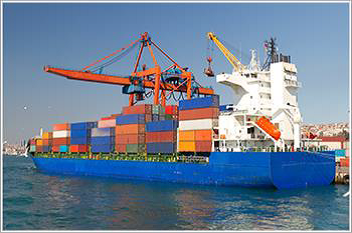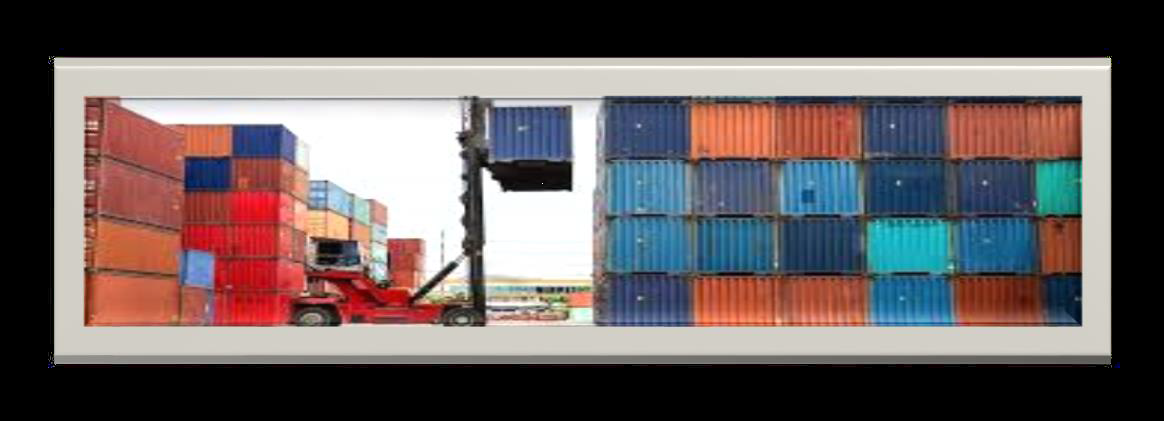| News | |||
|
Home |
|||
|
|
|||
Announcement: New FDI Policy |
|||
| 6-12-2017 | |||
“Commerce Ministry releases Foreign Trade Policy 2015-2020.New foreign trade policy: $900 bn exports by FY20 the target to double India’s exports in goods and services over the next five years (from $465 billion to $900 billion) and upping the Indian share of the world exports pie from the current 2 percent to 3.5 percent over the same period. Exports through Make in India underlined in FTP: Commerce Minister Nirmala Sitharaman.” Introduction What does Darjeeling Tea, Basmathi Rice, Indian Carpet, Kancheepuram Silk, Mysore Sandalwood Oil, Indian Garments, Indian Software, Surat Diamonds to name a few have in common. They represent the modern symbols of Indian foreign trade. On 1st April 2015, the new Foreign Trade Policy (FTP) for the period 2015-20 was announced which replaces the 2009-14 FTP which expired on 31st March 2014. With the announcement of new policy, exporters’ one-year wait for new FTP has come to end. India's Foreign Trade Policy also known as Export Import Policy (EXIM) in general, aims at developing export potential, improving export performance, encouraging foreign trade and creating favorable balance of payments position. Foreign Trade Policy is prepared and announced by the Central Government (Ministry of Commerce). Foreign Trade Policy or EXIM Policy is a set of guidelines and instructions established by the DGFT (Directorate General of Foreign Trade) in matters related to the import and export of goods in India. The foreign trade policy, has offered more incentives to exporters to help them tide over the effects of a likely demand slump in their major markets such as the US and Europe. Foreign trade is exchange of capital, goods, and services across international borders or territories. In most countries, it represents a significant share of gross domestic product (GDP). While international trade has been present throughout much of history, its economic, social, and political importance has been on the rise in recent centuries. The Foreign Trade Policy of India is guided by the Export Import in known as in short EXIM Policy of the Indian Government and is regulated by the Foreign Trade Development and Regulation Act, 1992. DGFT (Directorate General of Foreign Trade) is the main governing body in matters related to EXIM Policy. The main objective of the Foreign Trade (Development and Regulation) Act is to provide the development and regulation of foreign trade by facilitating imports into, and augmenting exports from India. Foreign Trade Act has replaced the earlier law known as the imports and Exports (Control) Act 1947. Indian EXIM Policy contains various policy related decisions taken by the government in the sphere of Foreign Trade, i.e., with respect to imports and exports from the country and more especially export promotion measures, policies and procedures related thereto.
Objectives of The FTP (EXIM) Policy: - The main objectives are:
In the light of the above-mentioned objectives, there are two broad aspects of the FTP(EXIM) Policy; the import policy which is concerned with regulation and management of imports and the export policy which is concerned with exports not only promotion but also regulation. The main objective of the Government's EXIM Policy is to promote exports to the maximum extent. Exports should be promoted in such a manner that the economy of the country is not affected by unregulated exportable items specially needed within the country. Export control is, therefore, exercised in respect of a limited number of items whose supply position demands that their exports should be regulated in the larger interests of the country.
Governing Policy – Institutions The Government of India notifies the foreign trade Policy for a period of five years (for example 2015 -20) under Section 5 of the Foreign Trade (Development and Regulation Act), 1992. The current Export Import Policy covers the period 2015-2020. The FTP is updated every year on the 31st of March and the modifications, improvements and new schemes become effective from 1st April of every year. All types of changes or modifications related to the EXIM Policy is normally announced by the Union Minister of Commerce and Industry who co-ordinates with the Ministry of Finance, the Directorate General of Foreign Trade and network of DGFT Regional Offices.
Some Highlights Of The Present Foreign Trade Policy 2015-2020.
Impact on the Economy: According to some experts the focus in this FTP has been “Simplicity and Stability”. Accordingly, the policy on the one hand seeks to realign the multiple schemes with the objective of reducing complexities. On the other had it want to promote the increased use of technology to reduce the transaction cost and manual compliances. Supporters have given their verdict for this new FTP, stating it as ‘progressive’, ‘path breaking’ and ‘development friendly’ as exports of books, handicraft, handlooms, toys, textiles, defense and ecommerce platforms would be easier and faster. According to them, a big step is cleaning up the plethora of export promotion schemes and clubbing them under two schemes, one for goods (Merchandise Exports from India Scheme) and one for services (Services Exports from India Scheme). The duty scrips under these schemes come without conditions and can be freely transferred. One significant announcement in the policy is that it will move away from relying largely on subsidies and sops. Critics however point out that, this is prompted by World Trade Organization (WTO) requirements that export promotion subsidies should be phased out, but according to some experts there are ways of getting around it and other countries are doing it all the time. There has been talk of boosting services exports for quite a few years now, but information technology and information technology-enabled services (IT/ITES) dominated the basket. The share of this segment in the overall export basket is 50 percent and 90 percent in the services export basket. More importantly, this sector was overly dependent on western markets and, consequently, extremely vulnerable to even the smallest of developments there. The policy, fortunately, turns its attention to other sectors where India has inherent advantages – healthcare, education, R&D, logistics, professional services, entertainment, as well as services incidental to manufacturing. By extending benefits under EPCG on domestic procurements and offering them more products under MEIS, the policy further seeks to incentives the exports. Right direction. According to the Commerce Minister Nirmala Sitaraman, it’s a focused policy, one in which exports through Make in India is underlined by looking at sectors that give greater employment and have high-tech value addition. That is because the intention is to join the global value chain and above all, the environment part, where you are looking at eco-friendly systems and producing wealth out of waste. So, the priority areas are technology-driven, labor-intensive-driven and environment-driven. You are also looking at traditional markets, emerging markets and diversifying into new markets. |
|||







